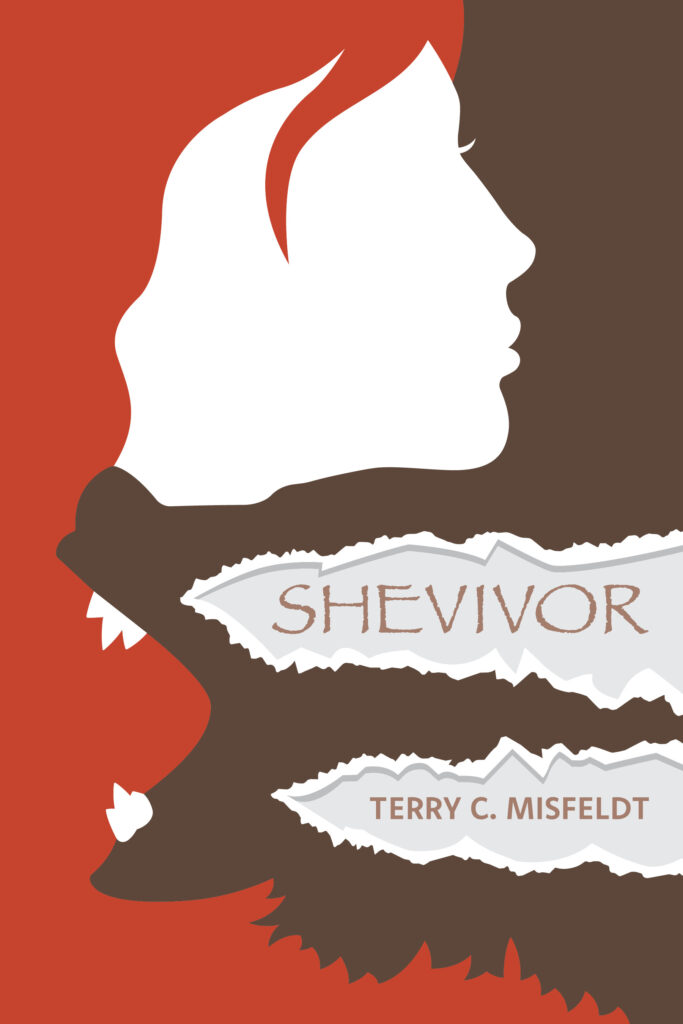T.C. Misfeldt copyright 2024
Plot The place to bury someone’s body in a cemetery.
Sentence What you must serve if you are convicted.
Comma What you are in if you are unconscious for some time.
Paragraphs Two charts used in a presentation to explain a trend.
Period Part of a woman’s monthly cycle.
Story One level of a building or house.
Tale Something a dog, cat, or other animal wags.
Pen A place where you keep an animal from escaping.
Essay How you evaluate the worth of a precious metal, like gold.
Novel Something unique.
Keystroke First sign of heart trouble.
Phrase What happens to children as they age.
First Person Adam.
Second Person Eve.
Third Person Cain.
Symbolism One of the techniques used by drummers.
Parentheses A disciplinary style used by Mom and Dad.
Climax You know, something that’s part of intercourse.
Conflict What happens when a prisoner escapes from jail.
Writer A person who works to correct wrongs.
Quote Marks Evidence that a vehicle went somewhere.
Hero Sandwich you order at a deli.
Composition A place to put garbage and turn it into fertilizer.
Hook What’s used to catch fish or hang something.
Memoir A piece of furniture that is usually found in a bedroom.
Copyright How to avoid stealing someone’s work the wrong way.



